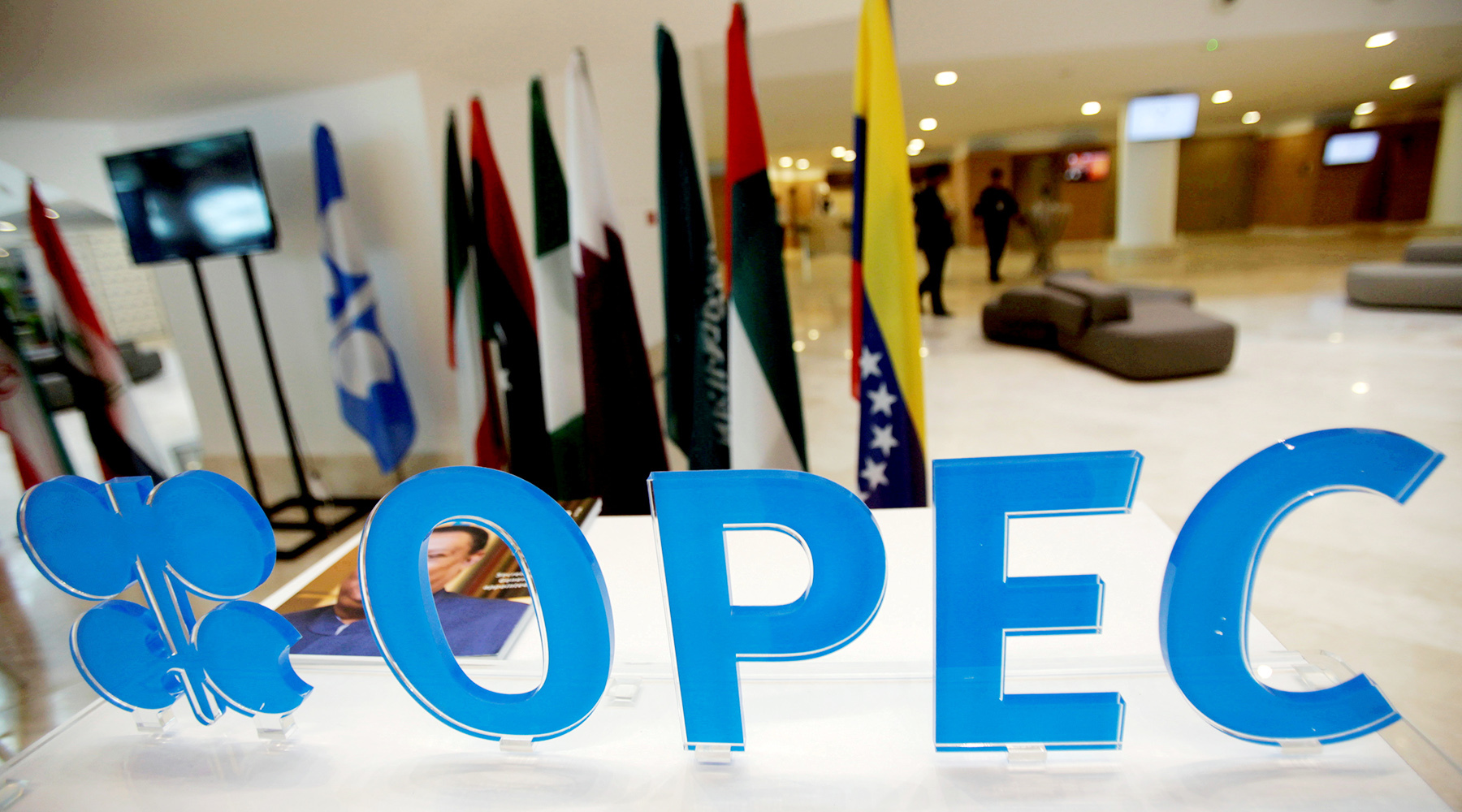On Monday, July 19, world oil prices decline markedly during international trading.
So, in the middle of the day, the crude of the Brent benchmark on the ICE exchange in London fell in price by more than 5% - to $ 69.8 per barrel.
In turn, the cost of a barrel of the American WTI grade fell by 6% - to $ 67.5.
The market reacted to the results of negotiations between the countries participating in the OPEC + deal.
After several unsuccessful rounds of discussions, the states held another meeting on July 18 and still managed to reach a consensus.
From August, the parties will monthly increase oil production by a total of 400 thousand barrels per day.
At the same time, the term of the agreement itself was extended until the end of 2022.
“The compromise of the oil-producing countries removes the uncertainty and the risk of the collapse of the deal.
In addition, now there is a specific plan to increase production volumes, which should gradually neutralize the resulting deficit in the oil market, "Vasily Karpunin, head of the information and analytical content department at BCS World of Investments, explained in an interview with RT.
Recall that the OPEC + agreement includes 23 oil-producing countries, including Russia.
As part of the deal, governments temporarily restrict the production of raw materials to achieve a balance between supply and demand in the global hydrocarbon market.
Such a policy should keep oil prices from sharp fluctuations.
Now the states are producing oil by 5.8 million barrels per day less compared to the so-called baseline level in October 2018.
In early July, the countries - exporters of energy raw materials had to agree on new parameters for the production of hydrocarbons, but could not agree due to disagreements between Saudi Arabia and the United Arab Emirates (UAE).
Under these conditions, on July 6, the price of Brent oil for the first time since October 2018 rose to $ 77.8 per barrel.
At the same time, WTI quotes renewed their seven-year high and were very close to $ 77 per barrel.
Against the backdrop of contradictions within OPEC +, investors began to fear a growing oil deficit in the world, so prices began to rise sharply.
“The OPEC + decisions reached on July 18 provide the market with a clear roadmap for forecasting world supply for the year ahead.
However, the planned production growth rates turned out to be higher than previously assumed.
This means that oil quotes may come under pressure in the near future, ”Karpunin added.
Cooling prices
Recall that in 2020, as a result of the consequences of the coronavirus pandemic and the introduction of quarantine restrictions by most countries, oil consumption in the world decreased by almost 8.7 million barrels per day - to 91 million barrels per day.
This is evidenced by data from the International Energy Agency (IEA).
In 2021, global oil demand began to confidently recover due to the revival of the global economy, mass vaccination of people against COVID-19 and the relaxation of quarantine measures.
According to the IEA, in June, the consumption of energy resources in the world increased by 3.2 million barrels per day - up to 96.8 million barrels per day.
At the same time, the global oil supply is still growing at a slower pace and in the first month of summer increased by only 1.1 million barrels per day - up to 95.6 million barrels per day.
According to experts, if we do not start to additionally increase production in the near future, then the oil deficit in the world may significantly increase.
In turn, the growing shortage of energy resources risks resulting in an excessive acceleration of prices, which will negatively affect the world economy as a whole.
“The rise in energy costs is causing inflation to spike across all countries along the chain.
As a result, central banks are forced to raise rates and prematurely wind down stimulus measures.
All this leads to a slowdown in economic growth, ”explained Vasily Karpunin.
According to experts interviewed by RT, new agreements under the OPEC + agreement will avoid overheating in the oil market.
According to the leading strategist of EXANTE Janis Kivkulis, in July prices may drop to $ 65-68 per barrel.
At the same time, according to Anna Zaitseva, an analyst at FG Finam, by the end of the year, quotations will fluctuate in the range of $ 65-70 per barrel.
Reuters
© Ramzi Boudina
Budgetary benefit
At the same time, oil prices will continue to remain at levels that are comfortable for the Russian budget.
This point of view in an interview with RT was expressed by Daria Kozlova, director of the State Regulation of the Fuel and Energy Complex practice at Vygon Consulting.
Recall that in 2020, due to the collapse of oil prices and the sharply increased government spending on the fight against the pandemic, treasury expenditures exceeded revenues by more than 4 trillion rubles.
However, already in 2021, the budget may be executed with a surplus.
“Russia's budget for 2021 is drawn up based on an average oil price of $ 43.3 per barrel.
Therefore, it is possible to say with a high degree of probability that at current prices, by the end of the year, treasury revenues will exceed expenses, ”Kozlova noted.
Due to the new OPEC + decision, with an average oil price of $ 60 per barrel, the Russian budget can additionally receive more than 400 billion rubles in 2021 and 2022.
This was announced on July 18 by Deputy Prime Minister Alexander Novak in an interview with "Russia 24".
“This is a positive moment, because this is a recovery in investment activity, including for our oil industry.
These are additional orders for the industry, additional income of the constituent entities of the Russian Federation, "Novak stressed.

